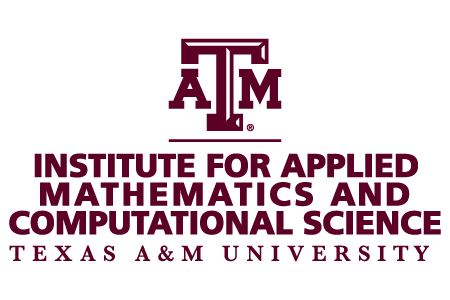Nonstationary Cross-covariance Models for Multivariate Processes on a Globe
April 12, 2012
2:30 p.m.
Mikyoung Jun
Abstract
In geophysical and environmental problems, it is common to have multiple variables of interest measured at the same location and time.
These multiple variables typically have dependence over space (and/or time). As a consequence, there is a growing interest in developing models for multivariate spatial processes, in particular, the cross-covariance models. On the other hand, many data sets these days cover a large portion of the Earth such as satellite data, which require valid covariance models on a globe. We present a class of parametric covariance models for multivariate processes on a globe. The covariance models are flexible in capturing nonstationarity in the data yet computationally feasible and require moderate numbers of parameters. We apply our covariance model to surface temperature and precipitation data from an NCAR climate model output. We compare our model to the multivariate version of the Matern cross-covariance function and models based on coregionalization and demonstrate the superior performance of our model in terms of AIC (and/or maximum loglikelihood values) and predictive skill. We also present some challenges in modeling the cross-covariance structure of the temperature and precipitation data. Based on the fitted results using full data, we give the estimated cross-correlation structure between the two variables.

